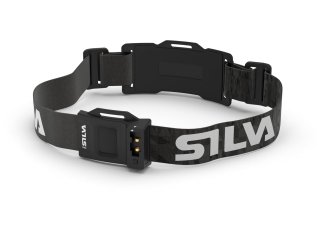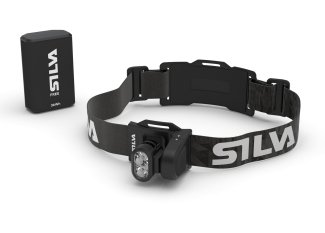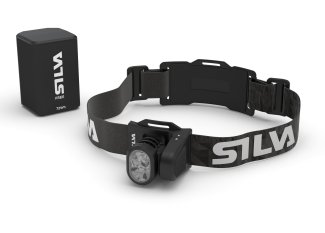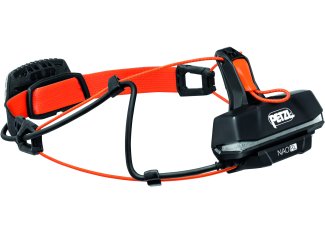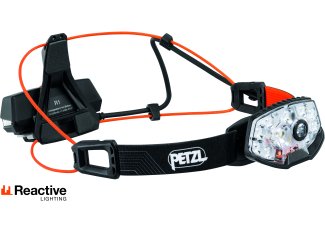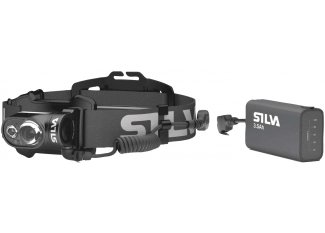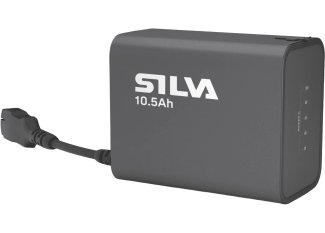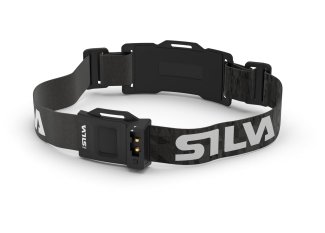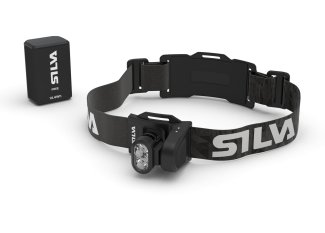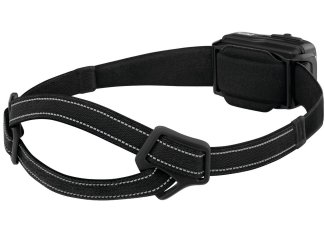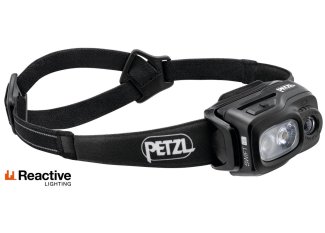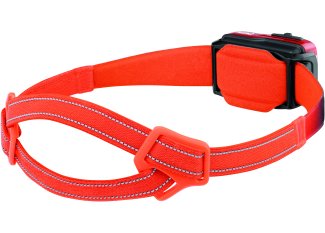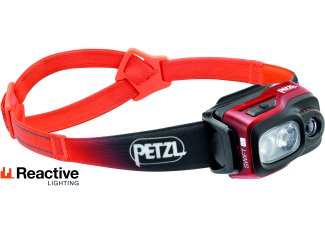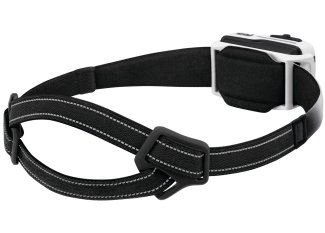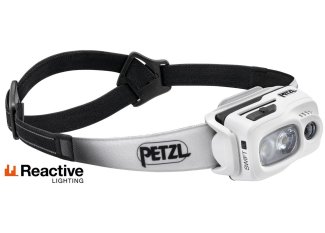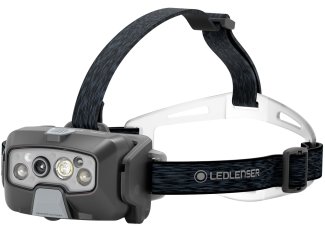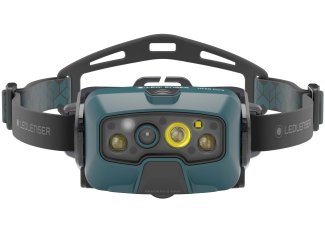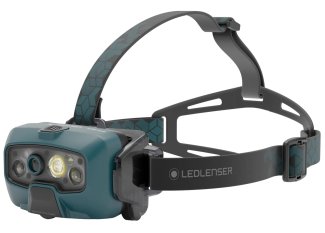Headlamps
Choosing a good headlamp is crucial for runners and trail runners, as well as being an indispensable accessory for hikers. Allowing you to remain illuminated during night runs, headlamps have become mandatory in many competitions, such as the UTMB, for safety reasons to ensure sufficient night vision and prevent the risk of serious falls, as well as for practical reasons, as they allow you to light your way while keeping your hands free. Some headlamps, like the Petzl Nao, are even smart and can adjust light intensity and beam angle based on the environment, which you can configure via Bluetooth with your smartphone. Here’s what to consider to choose the right headlamp for you.
Battery Life
Thanks to LED bulbs, headlamps now have excellent battery life, ensuring optimal lighting even for long races, generally lasting 8 to 10 hours. However, the downside is that the quality of the lighting tends to decrease as the batteries wear out. Some lamps are designed to provide stable light that only slightly diminishes as the battery drains, known as lamps with regulated light output. These offer more consistent lighting, but be aware that the light will suddenly stop when the batteries run out. Another important factor is the "burn time," which indicates how many hours a headlamp can produce usable light at least two meters away.
Light Intensity
The light provided by your headlamp includes two aspects: the intensity of the emitted light and the type of visibility provided by the available light. Light intensity is indicated in "lumens," the unit of measure for brightness. Lamps range from 15 to 750 lumens or more. For night running in not completely dark conditions, 40 to 50 lumens should suffice. For deep trails in dense forests, you'll need a lamp that can produce at least 100 lumens for adequate visibility. Decide whether you need a very powerful headlamp for short races or less brightness for longer journeys on partially lit paths.
Lighting Modes
Headlamps may include several modes depending on the type of lighting and brightness you need. Most offer at least a high and low mode, with additional modes including:
- Flashing mode, acting as an emergency beacon with some models offering a choice of flash speeds (slow and fast).
- Low power (low mode) for a stable light source without overusing the battery.
- Medium mode, not present on all models as it’s less popular than the low mode, often chosen for better battery life.
- High mode, or maximum brightness, good for situations needing more light, especially in descents.
- Boost mode, found on only some models, allows for a very intense light beam for a brief period (a few seconds).
Beam Distance and Type
The beam distance, measured in meters, indicates how far the lamp can project light. It's useful and reassuring to see far ahead, but it's also important to have sufficient width for good peripheral vision. The type of beam can be more or less broad depending on your needs. Some headlamps, like the Petzl Nao, feature technologies that adapt the beam angle and light intensity based on detected environmental elements and can be configured in Bluetooth via a smartphone.
Other interesting features
There are many types of lamps with diverse and varied innovations, such as:
- Rechargeable headlamps, which can be a very advantageous criterion for long-term savings, typically rechargeable via USB.
- Lithium batteries are a good choice for cold weather use and discharge very little when not in use.
- Infrared sensors for an additional mode that can allow more precise lighting to better spot potential obstacles.
- Water resistance, with some lamps capable of withstanding certain degrees of exposure to rain and snow.
